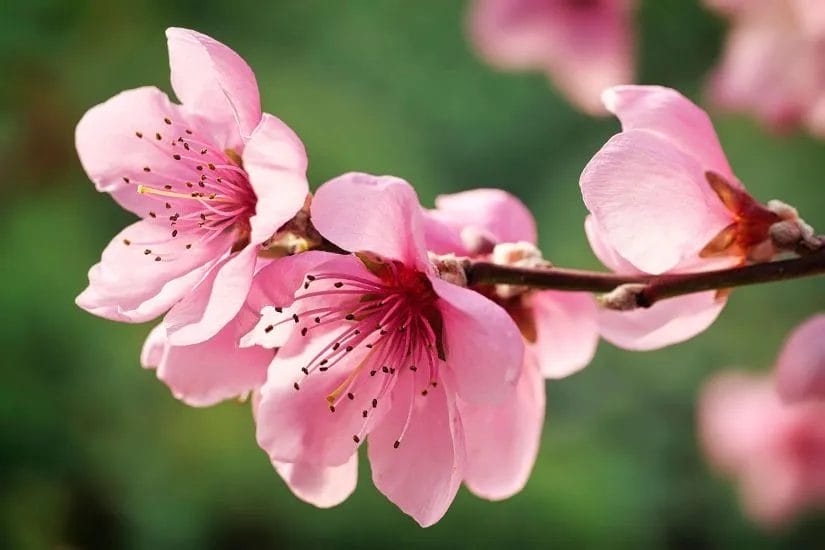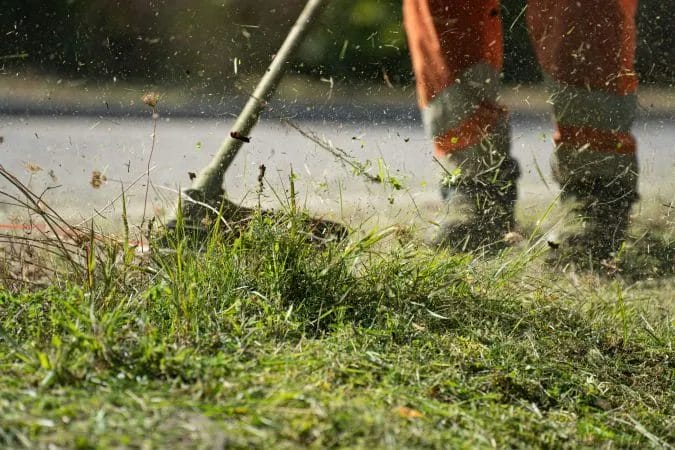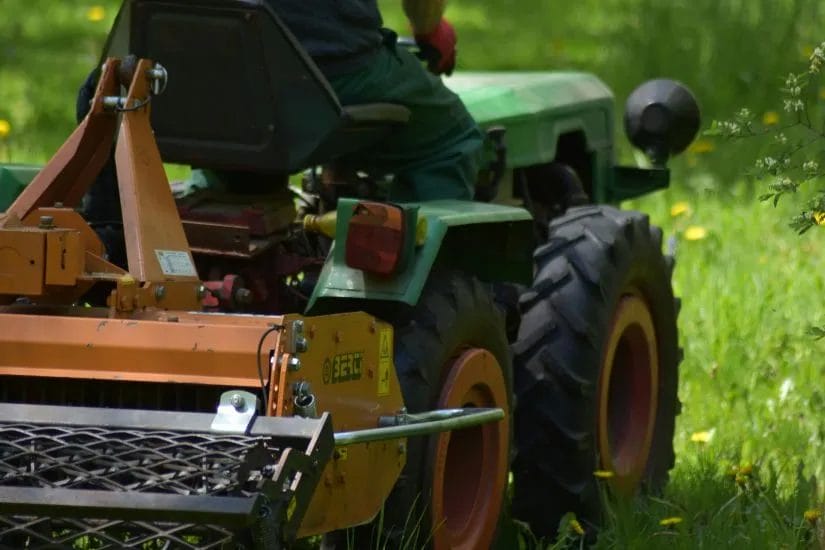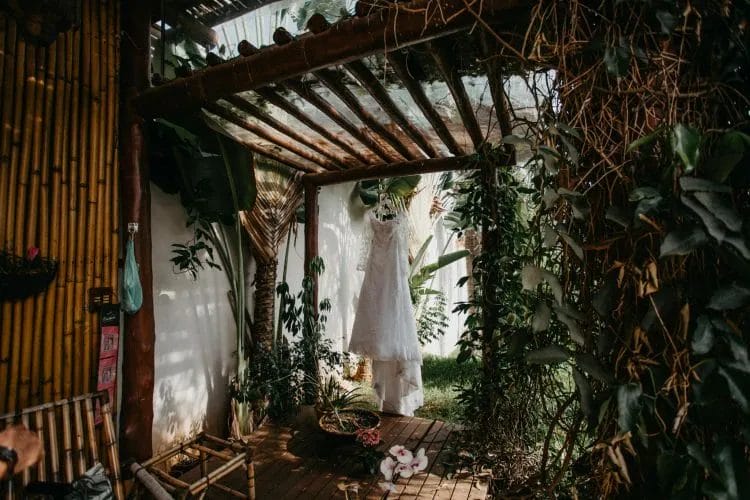
You can select summer flowers that thrive by matching sun exposure, soil type and watering needs to your site; choose long-blooming varieties, staggered bloom times, and disease-resistant cultivars to keep color all season. Consult local pros like Smith Brothers Services, Smith Brothers Landscape, or Smith Brothers Tree Services for soil tests, planting plans and maintenance schedules so you optimize bloom performance and minimize pest and drought stress in your garden.
Decoding Climate Compatibility

Match your flower choices to both the USDA hardiness zone and the AHS heat zone for reliable results: hardiness zones (1–13) reflect average annual minimum temperatures, while AHS heat zones (1–12) count days above 86°F (zone 1 = <1 day, zone 12 = >210 days). Scout microclimates—south-facing walls, pavement, or shady tree canopies—and note local rainfall patterns; those details often matter more than broad zone maps. If you want hands-on advice, Smith Brothers Landscape can evaluate your site and suggest species that truly fit your microclimates.
Assessing Your Regional Climate Zones
Find your USDA zone and local frost dates online, then compare to AHS heat zones to gauge summer stress. Track last spring frost and first autumn frost—many gardeners in zone 7 see last frost around mid-April—so you time plantings correctly. Observe wind exposure and reflected heat from walls or driveways; those spots can add 5–15°F. Local extension offices and Smith Brothers Services provide regional planting calendars and can help you interpret these numbers for your specific garden.
Choosing Flowers for Heat Tolerance
Look for proven summer performers: zinnias, marigolds, lantana, portulaca (moss rose), vinca (Catharanthus), and gaillardia handle sustained 85–95°F highs with minimal fuss. Lantana tolerates drought and reflected heat from walls, while portulaca thrives in sandy, well-drained beds and poor soils. Cluster heat-lovers on south- and west-facing borders where you get full sun; Smith Brothers Tree Services can also advise on strategic shade if afternoon temperatures run extreme.
Soil and watering strategies amplify heat tolerance: apply 2–3 inches of organic mulch, water deeply to soak the root zone (about 1″ per week as a baseline) and aim for wetting the top 6–8 inches so roots grow deeper. Containers need daily checks during heatwaves and benefit from morning watering to reduce evaporation. If you prefer low-maintenance beds, choose native or Mediterranean species known to handle 90°F+ stretches and consult Smith Brothers Services for drought-smart irrigation setups.
The Color Palette: Aesthetic Choices that Flourish

Adopt a dominant-to-accent ratio—roughly 50–70% base foliage, 20–40% supporting blooms, and a 5–10% punch color—to create cohesion across a border or bed. Use specific pairings like purple salvias with yellow coreopsis for high contrast, or peach roses with dusty-blue agastache for a softer look. You can test palettes on a 4×4-foot mock bed before planting; many professionals, including Smith Brothers Services, will trial container arrangements to confirm bloom timing and scale.
Understanding Seasonal Color Trends
Summer swings from cool pastels in early June to bolder hues by July and August, so plan for phased intensity: plant pansies and foxgloves for early interest, then transition to zinnias, marigolds and lantana that peak mid-summer. Smith Brothers Landscape, often stages beds to shift color blocks each month, mixing heat-tolerant salvias and celosia for July–August resilience. Use a 2:1 ratio of perennials to annuals to keep maintenance low while maintaining continuous color through summer.
Balancing Flower Heights and Blooms
Apply a 3-tier height structure: back row plants 3–6 ft (hollyhocks, delphiniums), mid-row 1–3 ft (coneflowers, daylilies), and front-row under 1 ft (alyssum, lobelia). Group specimens in odd numbers—3 or 5—to look natural, and space zinnias 8–12 inches apart or marigolds 6–12 inches depending on cultivar. You’ll get better sightlines and airflow, reducing disease while ensuring each bloom group reads from the path or patio.
Consider adding small shrubs or specimen trees for vertical anchors—dwarf hydrangeas at 3–4 ft spacing or a compact Japanese maple at 6–10 ft can extend the season and frame views. Account for root competition by keeping perennial beds at least 3 ft from large trunks; Smith Brothers Tree Services can assess canopy roots and suggest planting distances or root barriers to protect both trees and your flower investment.
Practicality Meets Beauty: The Care Factor

Balance what you love to see with what you can realistically care for: aim for mixes of low-maintenance perennials and a few showy annuals to fill gaps. Plan irrigation zones, soil amendments, and a mulching regime so you reduce weekly chores; mulching for 2–3 inches typically cuts watering needs and weed pressure. For larger projects, Smith Brothers Services can help set up irrigation and ongoing maintenance plans tailored to your schedule.
Evaluating Maintenance Levels of Summer Flowers
Perennials like Echinacea and Gaura generally need dividing every 2–3 years and light deadheading every 1–2 weeks, while annuals such as zinnias demand weekly deadheading and more frequent fertilizing. Expect most summer beds to require 1–2 inches of water per week—adjust for heatwaves. Group plants by pruning, feeding, and watering needs so you can simplify tasks; landscapers like Smith Brothers Landscape, recommend zoning beds by maintenance level.
Selecting Drought-Resistant Options for Sustainability
Choose species proven for low water use—Lavandula (lavender), Salvia, Sedum, and Gaillardia perform well with deep, infrequent watering after establishment. Planting in fall and applying 2–3 inches of organic mulch helps roots establish with less supplemental irrigation. If you have trees nearby, coordinate with Smith Brothers Tree Services to select underplantings and avoid competition from thirsty roots.
Use a deep-soak strategy: water newly planted drought-tolerant perennials every 7–10 days for the first 6–8 weeks, then reduce to every 2–4 weeks depending on rainfall. Install drip irrigation with 1–2 GPH emitters and group plants by water need (hydrozoning) to maximize efficiency. Amending heavy clay with 20–30% compost improves drainage, while sandy soils benefit from water-retentive organic matter; Smith Brothers Landscape, has applied these methods in municipal beds to lower irrigation frequency and maintenance demands.
Seasonal Synchronization: Timing Your Planting
Match planting to local frost dates and soil temperatures: many warm-season annuals thrive once soil reaches about 60–65°F and after your last frost date (in USDA zones 6–7 that often falls between late April and mid-May). You can stagger bed installations over 2–4 weeks to let early bloomers establish before adding heat-loving varieties. Smith Brothers Landscape often plans installations around those thresholds to maximize first-season performance and reduce transplant shock.
Identifying the Perfect Planting Window
Use a soil thermometer and your local extension’s last-frost calendar to pinpoint timing; start tender annual seedlings indoors 6–8 weeks before the expected last frost and harden them off for 7–10 days before transplanting. Direct-sow fast-growers like cosmos or nasturtium after soil holds steady above 60°F, while perennials—such as coreopsis—do best when planted in early spring so roots establish 4–6 weeks before peak summer heat.
Ensuring Continuous Blooms Throughout Summer
Stagger plantings every 3–6 weeks and combine short- and long-blooming varieties to avoid gaps: pair quick starters like zinnias (6–10 weeks of bloom) with long performers such as salvias and coneflowers (8–12+ weeks). Deadhead spent flowers weekly, apply a slow-release fertilizer at planting, and supplement with a liquid feed every 4–6 weeks for sustained vigor and repeat flowering.
For a practical schedule, if your last frost is May 1, start indoor seeds March 15–April 1, transplant hardened-off seedlings after May 10, direct-sow a second wave of annuals around July 15 to carry color into September, and set a maintenance rhythm: deadhead weekly, water deeply twice weekly in dry spells, and prune leggy stems every 4–6 weeks. Smith Brothers Services and Smith Brothers Tree Services can help time canopy pruning and irrigation adjustments so your beds get the light and moisture needed for nonstop summer blooms.
The Art of Arrangement: Designing Your Garden Layout

Plan beds using the rule of thirds and sightlines so your garden reads well from paths and windows; group plants in odd numbers (3–5) for natural rhythm and leave 2–3 feet for maintenance paths. Position taller perennials and shrubs where they won’t block views, and orient color blocks to draw the eye along a walking route. If you want professional input, Smith Brothers Services and Smith Brothers Landscape can produce scaled plans showing sun angles and irrigation zones.
Techniques for Layering Plants: Height and Spacing
Layer by height: tall back-row specimens 36–60 inches (like hollyhocks or ornamental grasses), mid-story perennials 18–30 inches (salvia, echinacea), and low groundcovers 6–12 inches. Space according to mature spread—avoid crowding by allowing 75–100% of a plant’s width between centers for air circulation. Stagger rows so you see each plant, and plant in drifts of 5–7 for visual impact; Smith Brothers Landscape often maps layers to match microclimates.
Creating Focal Points with Unique Varieties
Choose 1–3 standout specimens per bed—dahlias ‘Cafe au Lait’, a 6-foot Japanese maple, or a variegated hydrangea—to act as anchors at eye level. Place focal plants on a slight mound or beside an architectural element like a bench or urn to lift them visually. For larger specimens or small specimen trees, consult Smith Brothers Tree Services to assess root zones and placement.
Contrast color, texture, and bloom time to keep focal points interesting across the season: pair a structural Japanese maple with summer-flowering dahlias and spring bulbs for staggered peaks. Space focal groupings so sightlines from the street or patio reveal them—typically 1.5–2 times the plant’s mature width from walkways. In a recent 300 sq ft front-bed redesign, Smith Brothers Landscape installed a 6-foot maple, three dahlias, and repeating lavender drifts to create a strong seasonal focal sequence that requires only seasonal pruning and standard irrigation adjustments.
Final Words
Now you can choose summer flowers by matching your site’s sun exposure, soil type and water availability to bloom time and maintenance needs; prioritize reliable performers and pollinator-friendly varieties. Assess color schemes and companion plants, plan staggered bloom for continuous color, and rely on professional guidance when needed — contact Smith Brothers Services, Smith Brothers Landscape, Smith Brothers Tree Services for expert planting, pruning, and long-term care to help your garden thrive.





